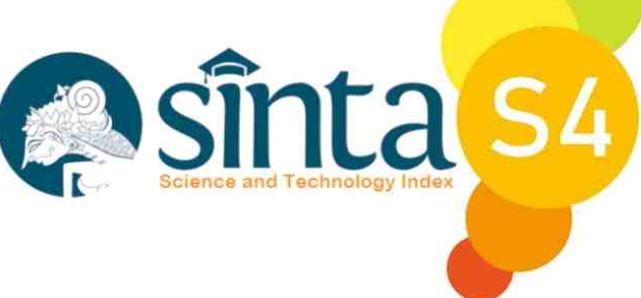Validitas dan Reliabilitas Skala Student Engagement
 ), Khoiruddin Bashori(2), Nurul Hidayah(3),
), Khoiruddin Bashori(2), Nurul Hidayah(3), (1) Universitas Ahmad Dahlan
(2) universitas ahmad dahlan
(3) universitas ahmad dahlan
 Corresponding Author
Corresponding Author
Copyright (c) 2020 mahmud junianto, Khoiruddin Bashori, Nurul Hidayah
DOI : https://doi.org/10.24036/rapun.v11i2.109771
Full Text:
 Language : en
Language : en
Abstract
Research on student engagement has been incrase in recent years. Therefore, to determine the high or low level of student engagement, a valid and reliable measuring instrument is required. This means that the measuring instrument of student engagement must measure only the construct of student engagement reliably and consistently in measurement. The purpose of this research was to test the validity and reliability of the student engagement construct based on Fredrick et al theory. The components of student engagement that are used as a reference for making measuring instruments consist of behavioral engagement, emotional engagement, and cognitive behavior. The study was conducted on 100 high school students using a proportional sampling technique. The measuring instrument is constructed using a semantic differential scaling model. The validity and reliability test used the confirmatory factor analysis (CFA) approach with the help of PLS 3.2.9 software. The results showed that the student attachment measurement tool was declared valid and reliable to be used as a measuring tool. The convergent and discriminant validity tests have met the standards, with loading factor score value of P> 0.5, while the Cronbach alpha reliability score is 0.753 and the composite reliability is 0.835. This measuring instrument is also declared fit with an RSMR value of 0.033. 7 items dropped out of the 18 items tested.
Keywords :Student Engagement, Validity,Reliability, Measurement
Keywords
References
Abdillah W, & Jogiyanto. (2011). Partial least square (PLS), alternatif structural equational model (SEM) dalam penelitian bisnis. Andi.
Dhamaryana, I. W., Kumara, A., & Wirawan, Y. G. (2012). Keterikatan siswa (student engagement) sebagai mediator kompetensi emosi dan prestasi akademik. Jurnal Psikologi, 39(1), 76–94.
Fredrick, J. A., Blaumenfeld, P. C., & Paris, A. H. (2004). School Engagement: Potential of the Concept, State of the Evidence. Review of Educational Research, 74(1), 59–109.
Jeannefer, & Garvin. (2018). Hubungan antara student engagement dan kecenderungan delinkuensi remaja. Jurnal Muara Ilmu Sosial, Humaniora, Dan Seni, 1(2).
Malindi, M. J., & Machenjedze, N. (2012). The role of school engagement in strengthening resilience among male street children. South African Journal of Psychology, 42(1), 71–81.
Mustika, R. A., & Kusdiyati, S. (2015). Studi Deskriptif Student Engagement pada Siswa Kelas XI IPS di SMA Pasundan 1 Bandung. Prosiding Psikologi, 244–251.
Reeve, J., & Tseng, C.-M. (2018). Agency as a fourth aspect of students ’ engagement during learning activities. Contemporary Educational Psychology, 36(4), 257–267. https://doi.org/10.1016/j.cedpsych.2011.05.002
 Article Metrics
Article Metrics
 Abstract Views : 3674 times
Abstract Views : 3674 times
 PDF Downloaded : 1517 times
PDF Downloaded : 1517 times
Refbacks
- There are currently no refbacks.
Copyright (c) 2020 mahmud junianto, Khoiruddin Bashori, Nurul Hidayah

This work is licensed under a Creative Commons Attribution-NonCommercial 4.0 International License.






